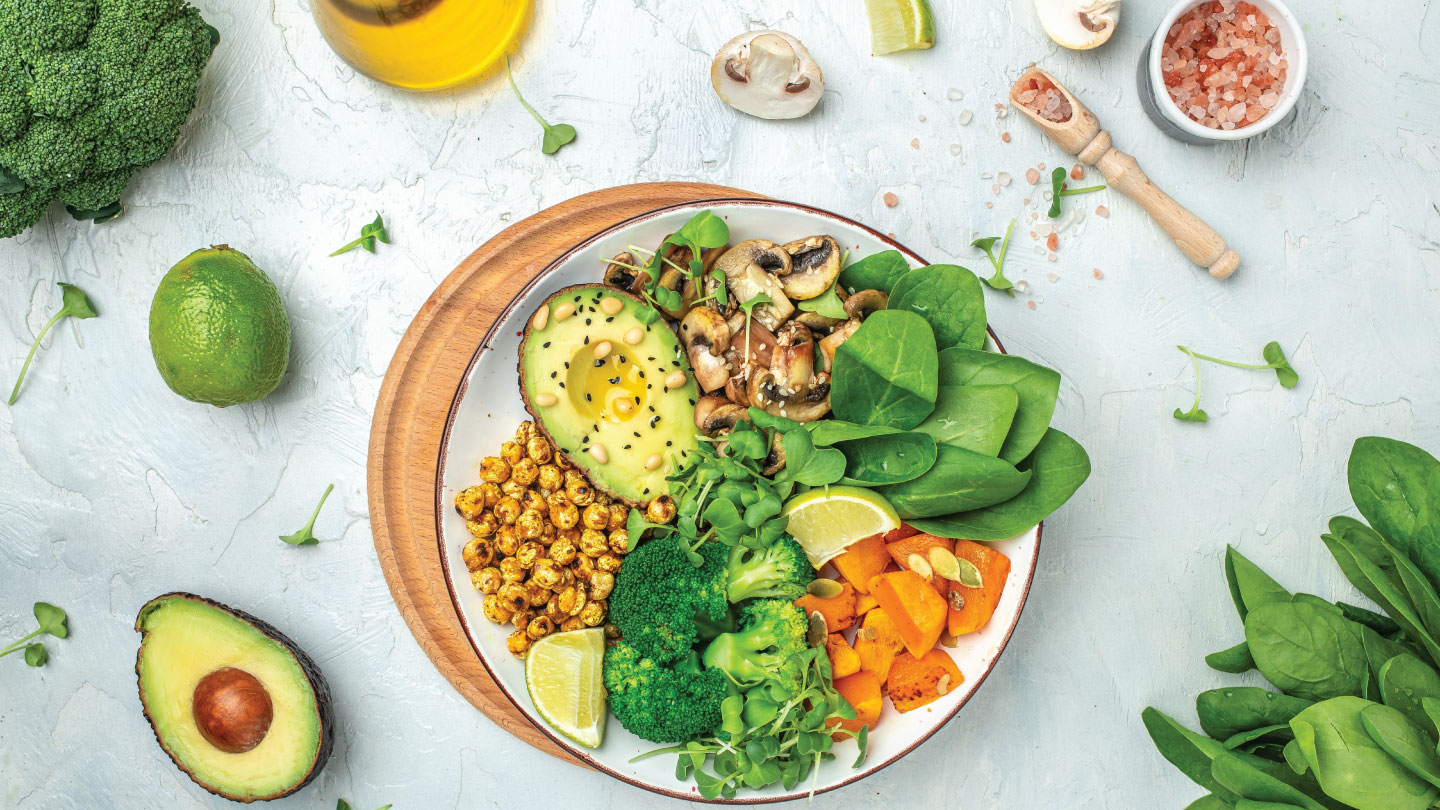Nutrition
How To Build A Healthy Plate
Healthy food is the fuel that our body runs on. You know how our vehicles react when they are not refueled. Not providing our body with healthy food or low-quality food will do the same and disrupt our body’s mechanisms. So, it is important to take in the right amount and quality of food. Read on to find out what makes up a healthy plate.

The World Health Organization proclaims that an unhealthy diet is one of the leading reasons for global health risks. It is important to provide our bodies with the right balance of nutrition. That is our energy intake must match our energy expenditure. By doing so, a person can easily avoid malnutrition and non-communicable health complications. But, recently, due to the change in lifestyle, rapid growth, and increase in production of processed food, one cannot attain healthy diet requirements. Read on to know more about the portions on your plate.
Related story: The Best Diet OF 2022
A healthy plate is the best source of nutrition. However, one cannot pinpoint and put together a common plate for all. Everyone can not follow one blindsided common rule for putting together a healthy plate. A healthy plate will vary from person to person depending on age, gender, lifestyle, cultural context, dietary habits, and availability of the product. Also, the amount of work and physical activity plays a significant role in the size and portion of food.
Owing to rapid urbanization, people nowadays are consuming foods that are canned and processed. These are high in fats, sugars, salts, and preservatives. People during the fast-paced life skip fruits, vegetables, and dietary fibers that are absolutely necessary.
Related Story: A Nutritionist's Guide To Satisfying Food Cravings
What To Limit On Your Plate
Eat healthy: Total fat content must not exceed 30%. Trans fat must not go over 1% and saturated fat must be below 10%. Reducing consumption of fat will avoid unhealthy weight gain in both adults and children.
Keep a track of sugar: Reducing sugar intake to below 10% has a lot of health benefits. For example, we can replace sugar with jaggery in our staples. In turn, this reduces the risk of dental decay and cardiovascular diseases.
Keep an eye on salt content in your food: A salt intake of 5g per day is ideal that must be less than one teaspoon. Maintaining this range will prevent hypertension, heart diseases, and the risk of stroke.
A good rule of thumb will be to limit junk food to once or twice a week. “When there's weight gain, an increase in cellulite, sudden digestive issues, and a constant bloat or thirst, these are signs that indicate you are overeating junk to the point it starts affecting your health,” shares Dr. Shiny Surendran, internationally acclaimed holistic nutritionist.
Related article: 5 Healthy Snack Ideas That Improve Your Mood
What does a healthy balanced diet look like?

Related article: How to Eat For a Healthy Heart
To keep your diet exciting and healthy. Try experimenting with new cuisines and recipes or even find swaps for your favorite junk food. For example, you can swap the regular deep-fried french fries with oven-baked sweet potato fries to satisfy your taste buds and decrease junk food cravings.
EXPLORE MORE
From fibre and protein to gut health and mindful meals, these are the healthy eating lessons that stood out in 2025!
Bloating isn’t just about overeating or bad food choices. According to expert nutritionist Dr Lakshmi Kilaru, it’s often the result of multiple factors. Keep reading to know more.
If you’re on a GLP-1, your diet can make or break your health journey. Here’s your guide to avoid common pitfalls.
Bright, tangy, and naturally refreshing, this orange chutney offers a burst of citrusy sweetness with a gentle hint of spice. It’s the perfect accompaniment to elevate daily meals with freshness and depth.







.jpg)

.jpg)
